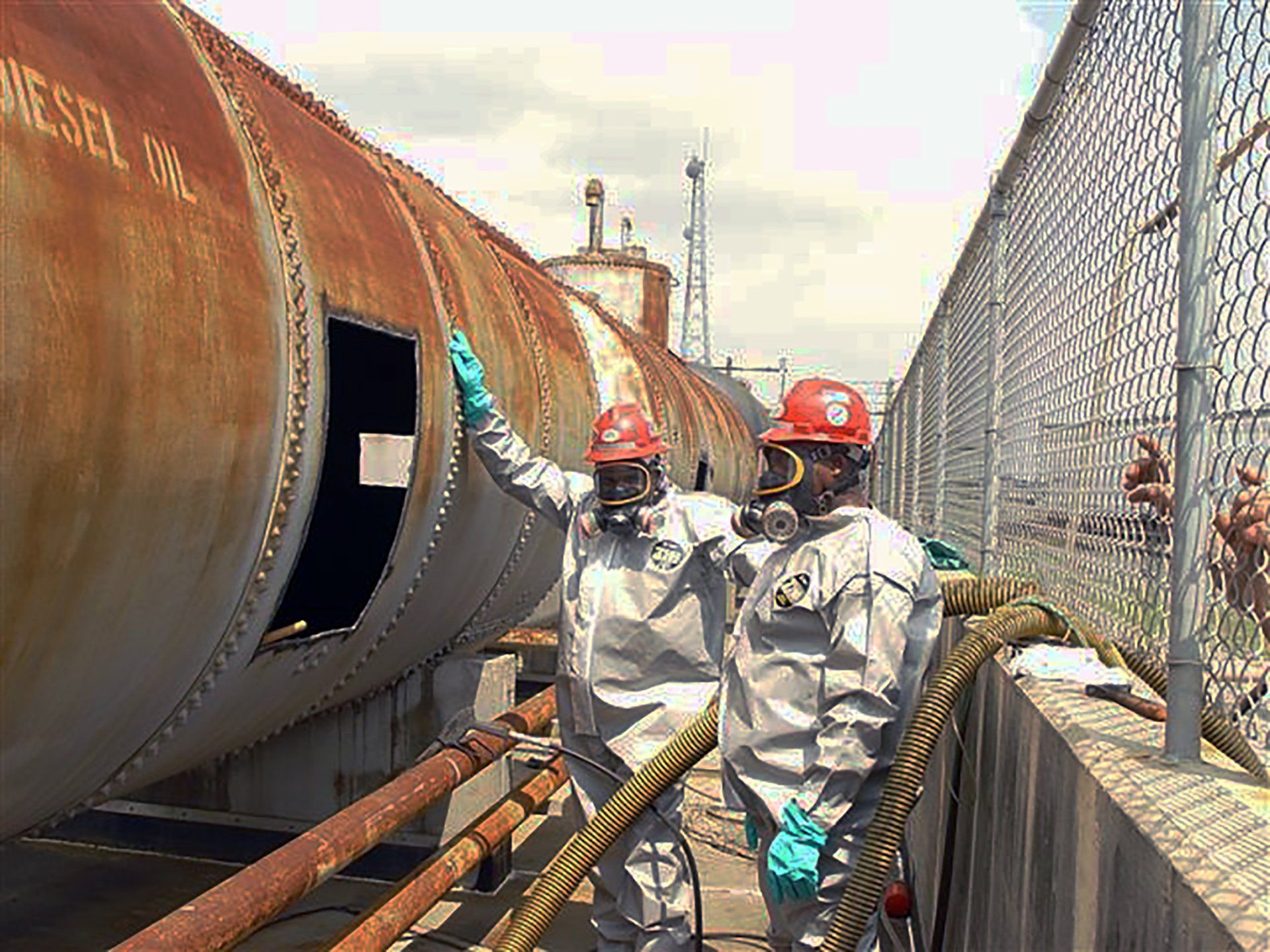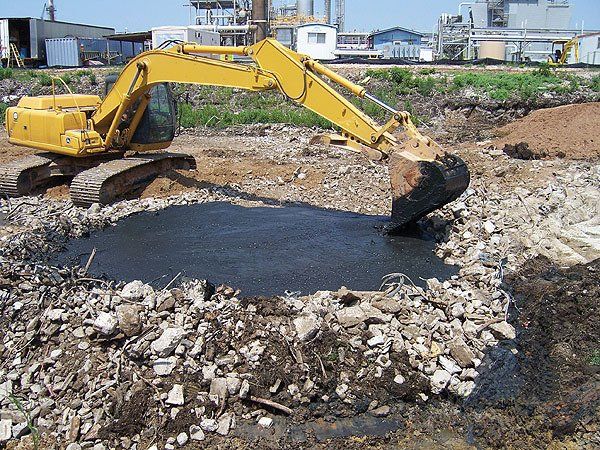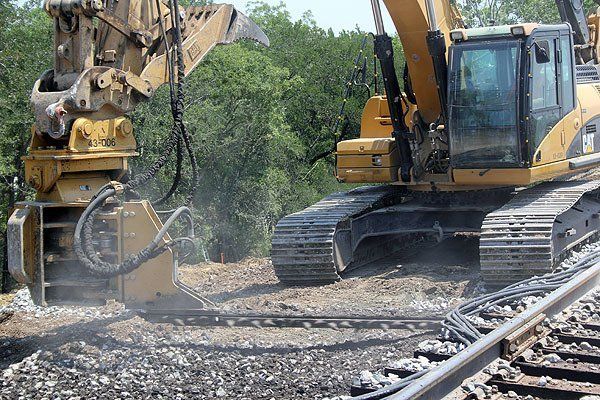hri remediates 13,500 Tons of contaminated soil at former salvage yard
SCOPE
A five-acre property had previously been used as a salvage yard where battery and metal recycling took place. The property owner needed a contractor to excavate and remediate the contaminated soil at this site.
solution
Hulcher Services deployed cement trucks, dozer, excavators, wheel loader, water truck and dump truck for this ten-week project. Crews removed the top layer of soil, piling it into rows of 50-cubic-yard piles. Excavation went as deep as six feet in some areas.
The piles were tested by an independent lab for contaminants. Hulcher injected and mixed cement and water into piles that tested positive for contamination to neutralize and encapsulate the lead. The piles were tested again to ensure the soil had been properly treated before crews loaded the dirt into a licensed waste-hauling subcontractor’s haul trucks for transport to the landfill.*
Ultimately Hulcher remediated 13,500 tons of dirt at this job site.
The work took place during the summer months and Hulcher’s water truck kept the dry soil soaked as it was being piled or loaded into trucks to reduce the dust.
outcome
Hulcher completed the project successfully and on schedule. With the work completed, the clean-up will help to revitalize the industrial neighborhood, offering additional value for local businesses as well.
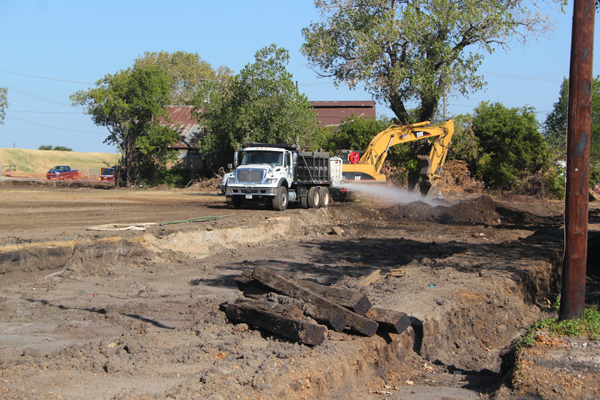
Slide title
Before
Button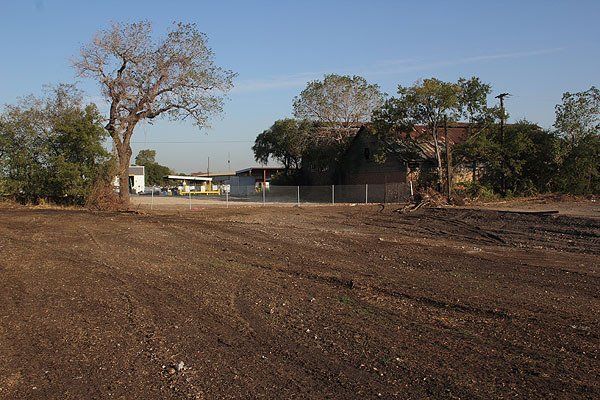
Slide title
After
Button
SCOPE
A five-acre property had previously been used as a salvage yard where battery and metal recycling took place. The property owner needed a contractor to excavate and remediate the contaminated soil at this site.
solution
Hulcher Services deployed cement trucks, dozer, excavators, wheel loader, water truck and dump truck for this ten-week project. Crews removed the top layer of soil, piling it into rows of 50-cubic-yard piles. Excavation went as deep as six feet in some areas.
The piles were tested by an independent lab for contaminants. Hulcher injected and mixed cement and water into piles that tested positive for contamination to neutralize and encapsulate the lead. The piles were tested again to ensure the soil had been properly treated before crews loaded the dirt into a licensed waste-hauling subcontractor’s haul trucks for transport to the landfill.*

Slide title
Before
Button
Slide title
After
Button
Ultimately Hulcher remediated 13,500 tons of dirt at this job site.
The work took place during the summer months and Hulcher’s water truck kept the dry soil soaked as it was being piled or loaded into trucks to reduce the dust.
outcome
Hulcher completed the project successfully and on schedule. With the work completed, the clean-up will help to revitalize the industrial neighborhood, offering additional value for local businesses as well.
* Analysis, containment, treatment, transport, and disposal of material are each conducted in full compliance with relevant federal and applicable state laws/regulations (licensing, permitting, procedural and operational protocol) which sometimes requires the participation of fellow contractors engaged by the customer and/or Hulcher subcontractors.
featured PROJECTS
HRI Removes Three Diesel & Lube Oil Storage Tanks From Railyard
The railroad’s environmental group wanted three diesel and lube oil above-ground storage tanks (ASTs) at a storage yard to be removed.
Hulcher Remediates Pond at Chemical Manufacturing Facility
A chemical manufacturing facility was closing a pond on their property, and the pond required remediation before it was filled in. They needed a contractor with the expertise and heavy equipment to clean and restore the site.
Undercutter Removes Contaminated Soil During Remediation
A 500-foot stretch of track at the railyard was contaminated with soda ash. The affected track surrounded a switch on one of three active and busy lines in that immediate part of the railyard; proper safety procedures and close coordination with the yard traffic managers were essential.
featured PROJECTS
HRI Removes Three Diesel & Lube Oil Storage Tanks From Railyard
Record snowfalls and spring rains resulted in major flooding throughout North Dakota. Much of the state was declared a disaster area.
Hulcher Remediates Pond at Chemical Manufacturing Facility
Record snowfalls and spring rains resulted in major flooding throughout North Dakota. Much of the state was declared a disaster area.
Undercutter Removes Contaminated Soil During Remediation
A 500-foot stretch of track at the railyard was contaminated with soda ash. The affected track surrounded a switch on one of three active and busy lines in that immediate part of the railyard; proper safety procedures and close coordination with the yard traffic managers were essential.



